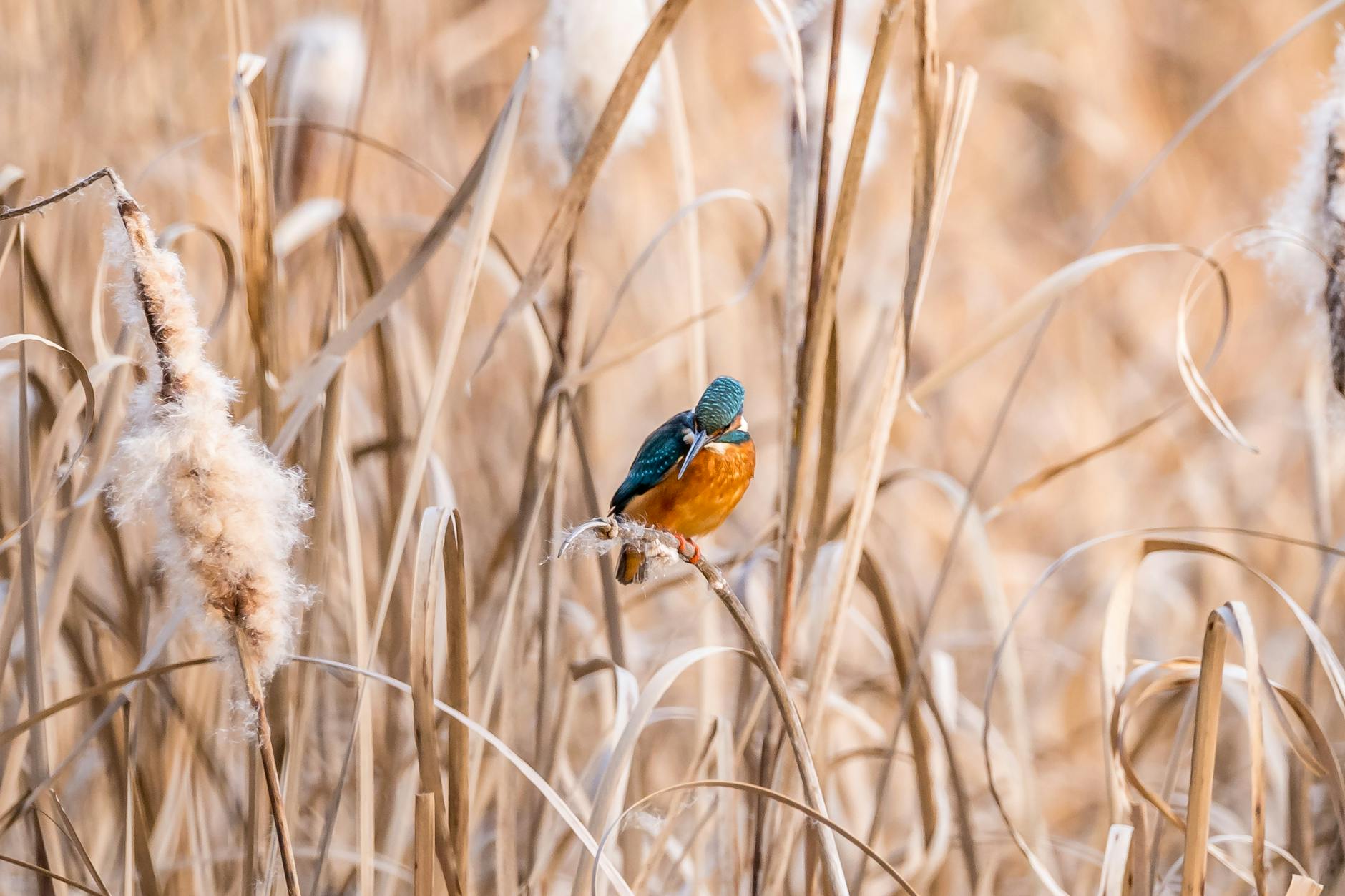Why Kingfishers Matter: Their Role in Protecting Our Ecosystem
With their vivid colours and sharp hunting skills, kingfishers are more than just eye-catching birds. They help maintain balance in aquatic ecosystems by controlling fish populations and acting as indicators of water quality. Healthy habitats often mean thriving kingfisher populations, making them a natural gauge for environmental stability. These small but mighty birds remind us how interconnected life truly is.
The Ecological Importance of Kingfishers
Kingfishers do more than just add a splash of colour to our waterways. They play a fundamental role in maintaining ecosystem balance by managing fish populations, signalling environmental changes, and even helping control invasive species.
Apex Predators in Aquatic Food Chains
Kingfishers sit near the top of the aquatic food chain. Their sharp hunting skills make them efficient predators, particularly of small fish like minnows. By preying on these smaller fish, they ensure balanced populations within aquatic ecosystems. This prevents overpopulation that could deplete important resources like plankton, which serve as the base of these food webs.
Additionally, their hunting behaviours indirectly benefit other species. By keeping fish populations in check, kingfishers help support biodiversity in lakes, rivers, and wetlands. A thriving kingfisher population often reflects a healthy, sustainable aquatic ecosystem.
For further insights into the role of kingfishers in aquatic food chains, you can explore this article from All About Birds, highlighting how their diet influences ecosystem dynamics.
Indicator Species for Ecosystem Health
Kingfishers are highly sensitive to water quality. Their presence often signals a healthy environment, as they rely on clean, unpolluted waters to hunt. Conversely, a declining kingfisher population might indicate pollution, habitat loss, or deteriorating water quality in an area.
Think of them as the “environmental detectives” of wetlands. Because they are so directly affected by toxins in water and disturbances to their habitats, their well-being can serve as an early warning system for broader environmental issues.
If you’d like to dive deeper into how kingfishers act as indicators of ecosystem health, visit this feature on Vocal Media.
Control of Invasive Species
Invasive fish species can disrupt native aquatic ecosystems by competing for resources, altering habitats, or preying on native species. Kingfishers, being opportunistic hunters, can help control these invasive populations by feeding on them. This provides native fish and aquatic organisms a chance to thrive and re-establish balance.
By preying on invasive species, kingfishers act as natural guardians of biodiversity. They reduce the ecological pressure caused by non-native species, offering an alternative to human intervention methods such as trapping or chemical controls.
For more information, check out this resource by the Minnesota Conservation Summary, which discusses the relationship between invasive species management and conservation efforts.

Photo by Kiril Gruev










